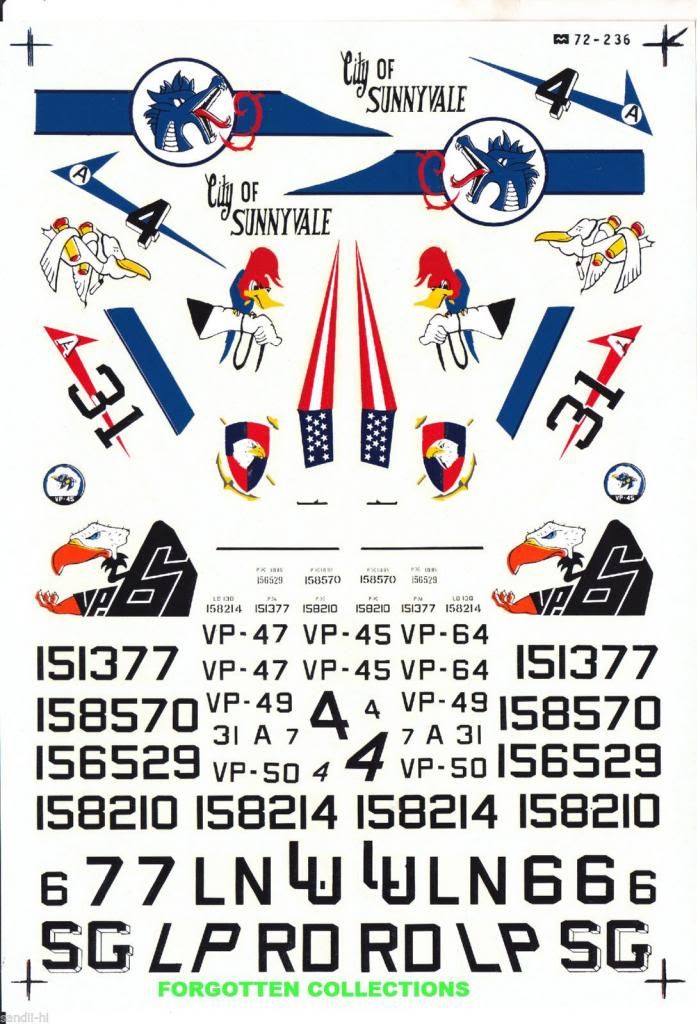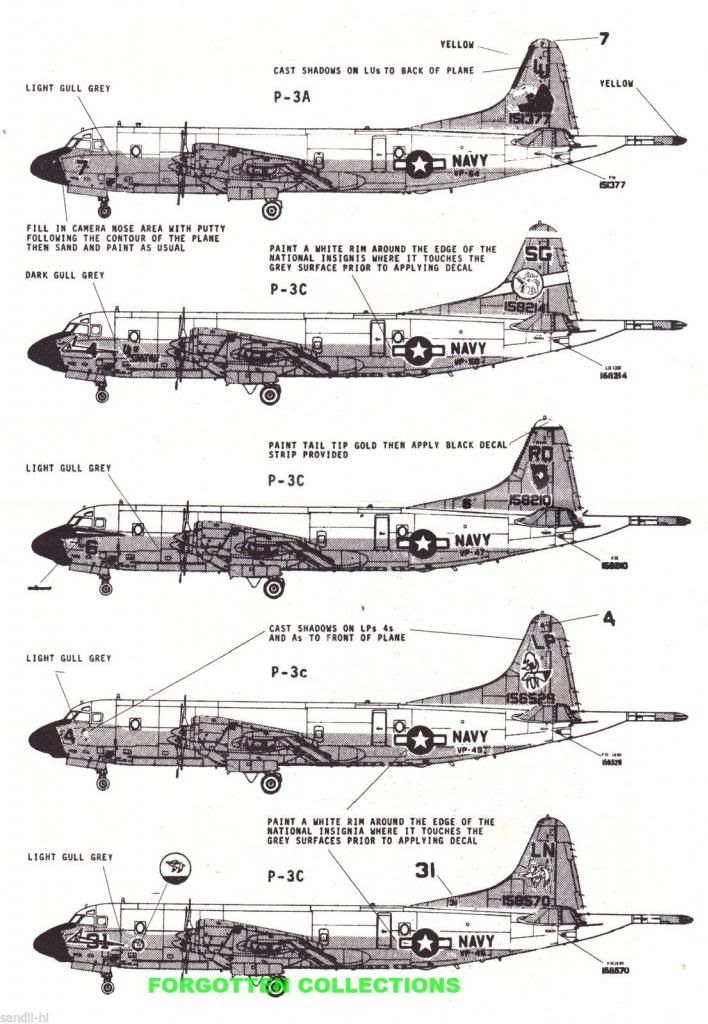JensOle
SOH-CM-2023
The first pictures of the dedicated new P-3B model by KBT with textures by me.
P-3B (LW) "152722" of VP-24 "Batmen" based at NAS Patuxent River in early 1970. Notice the Presidential Unit Citation and the Battle Effectiveness “E” award painted on the forward part of the fuselage. “22” was among the last Bravos used by VP-24 before the unit converted the new P-3C.
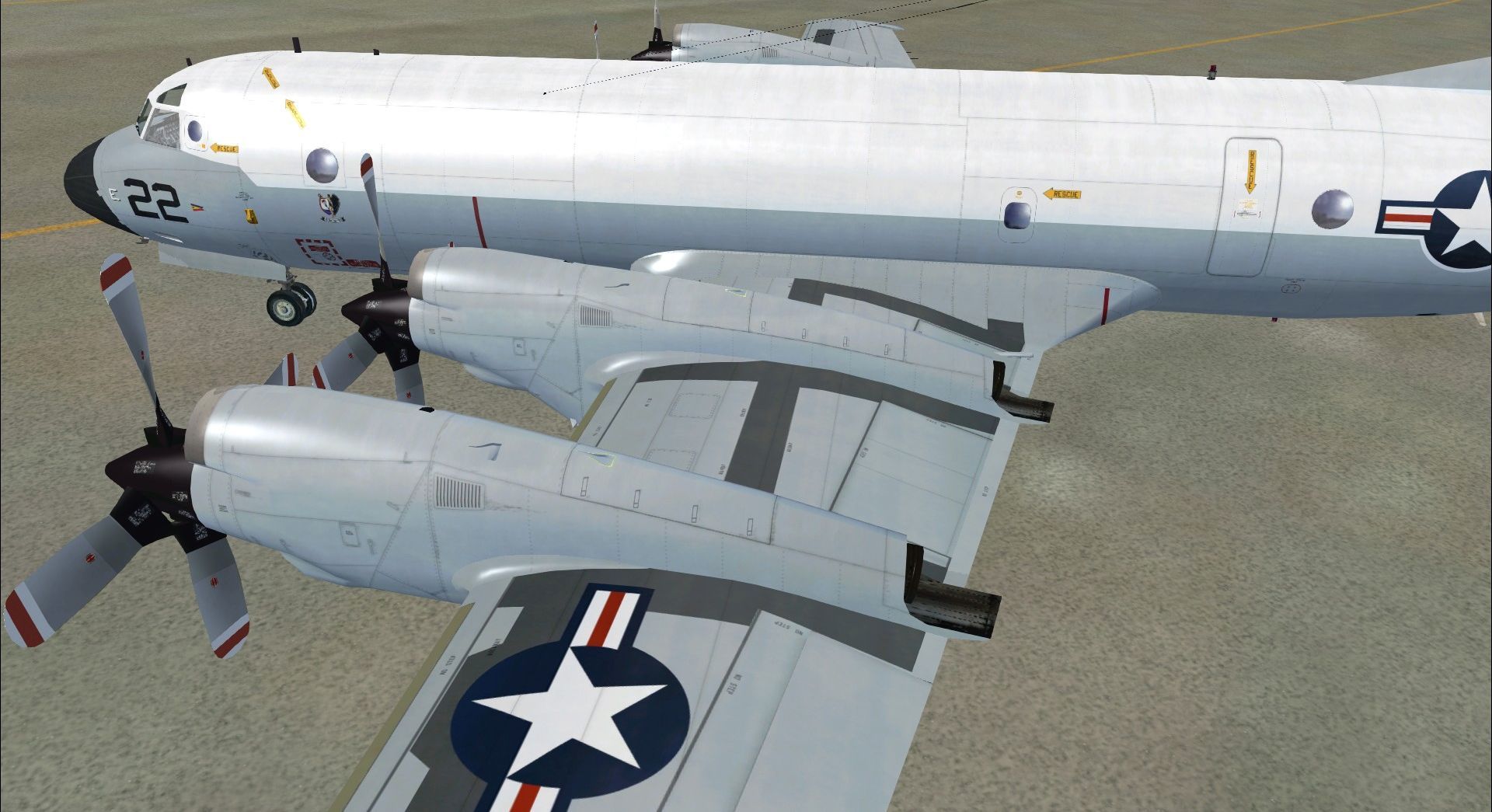
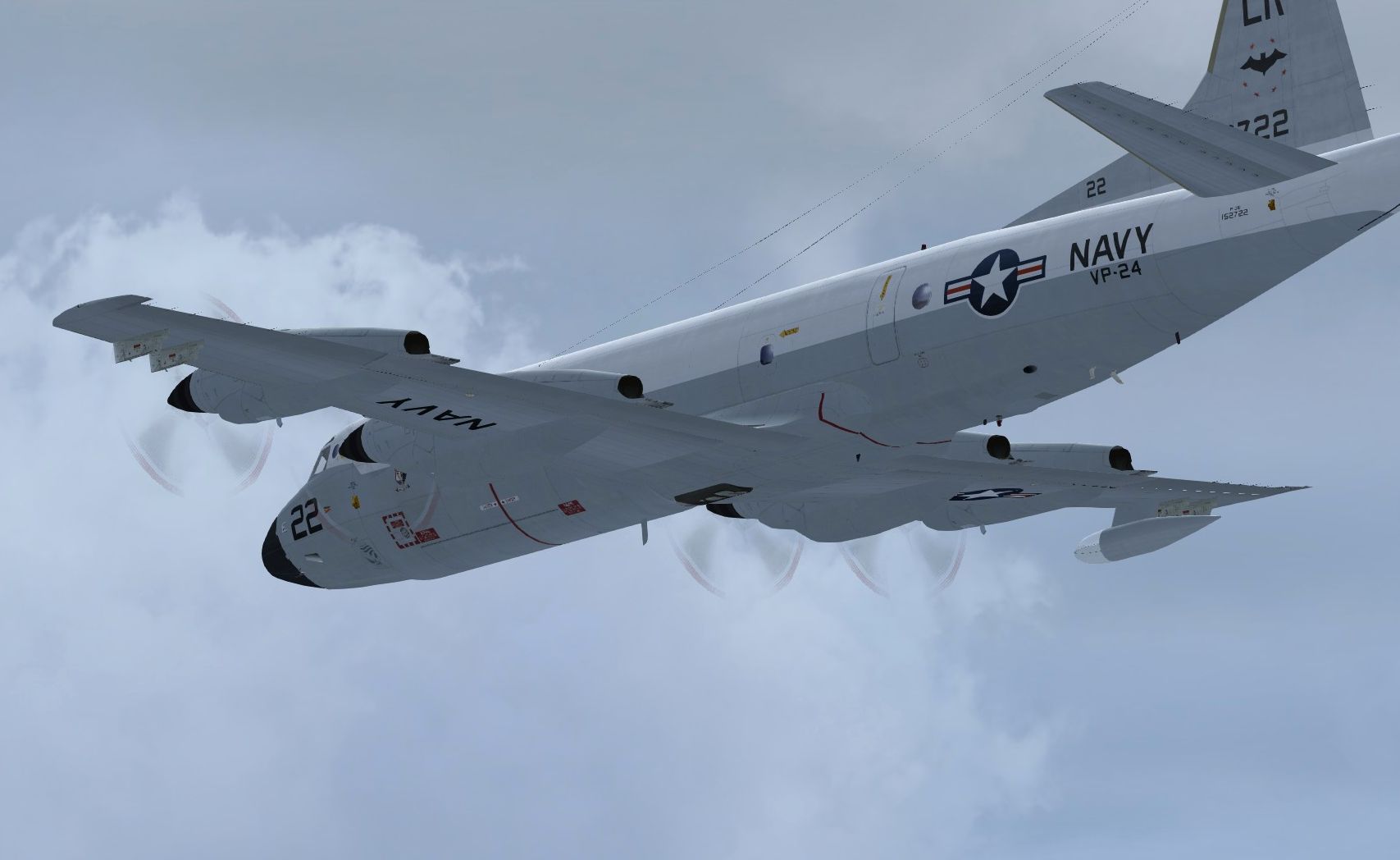
The AN/AVQ-2 search light pod in action.
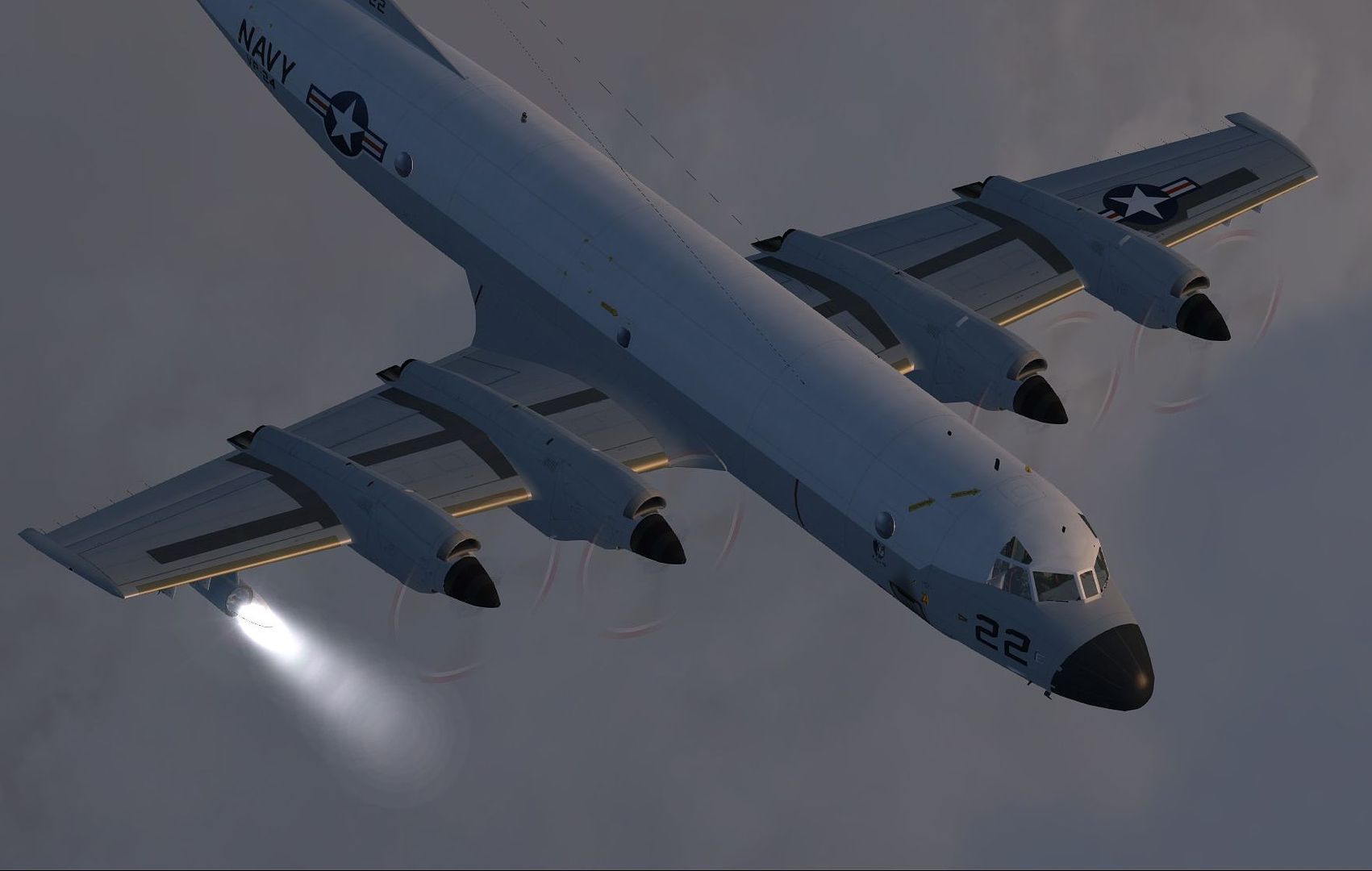
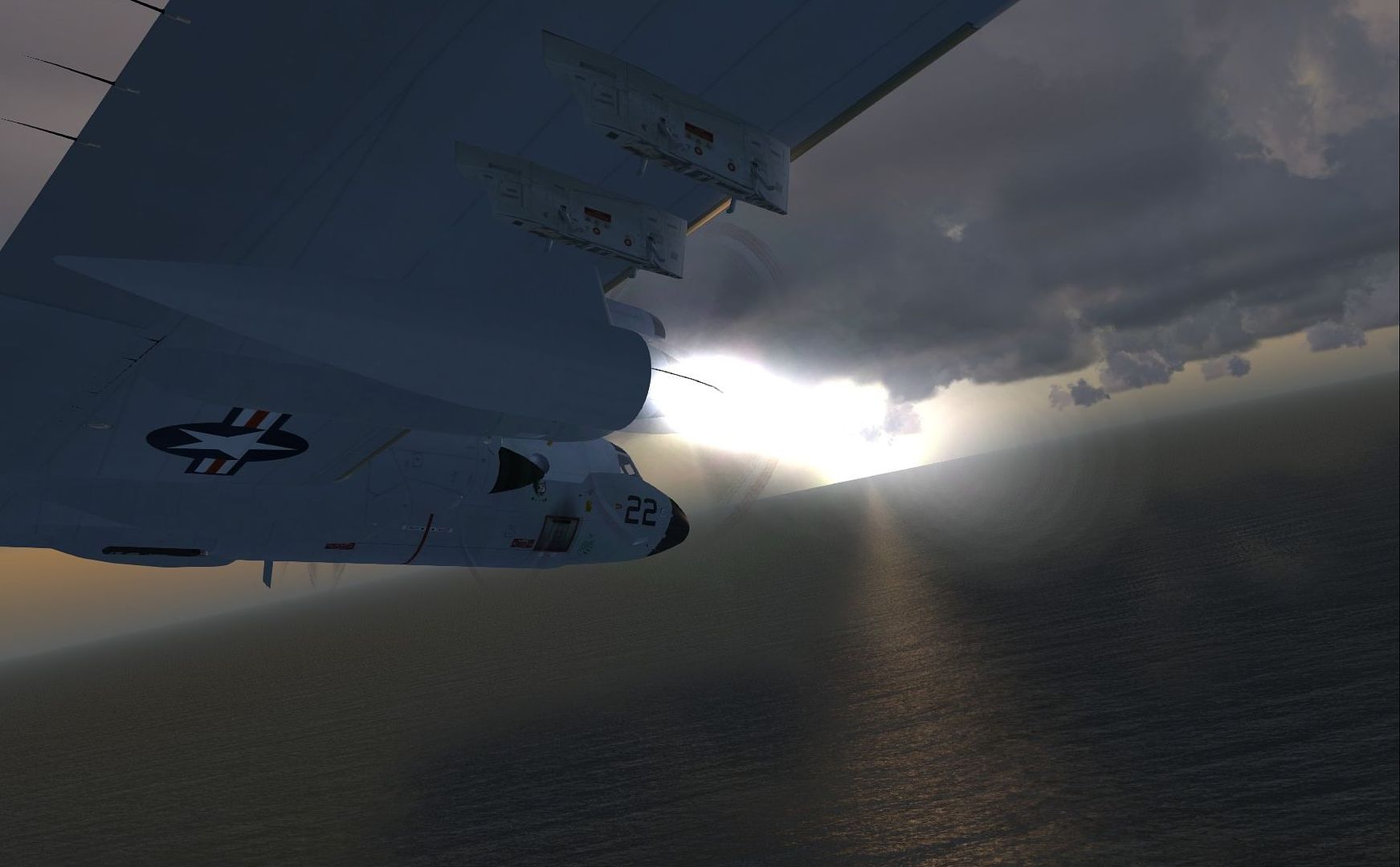
P-3B (LW) "152722" of VP-24 "Batmen" based at NAS Patuxent River in early 1970. Notice the Presidential Unit Citation and the Battle Effectiveness “E” award painted on the forward part of the fuselage. “22” was among the last Bravos used by VP-24 before the unit converted the new P-3C.


The AN/AVQ-2 search light pod in action.



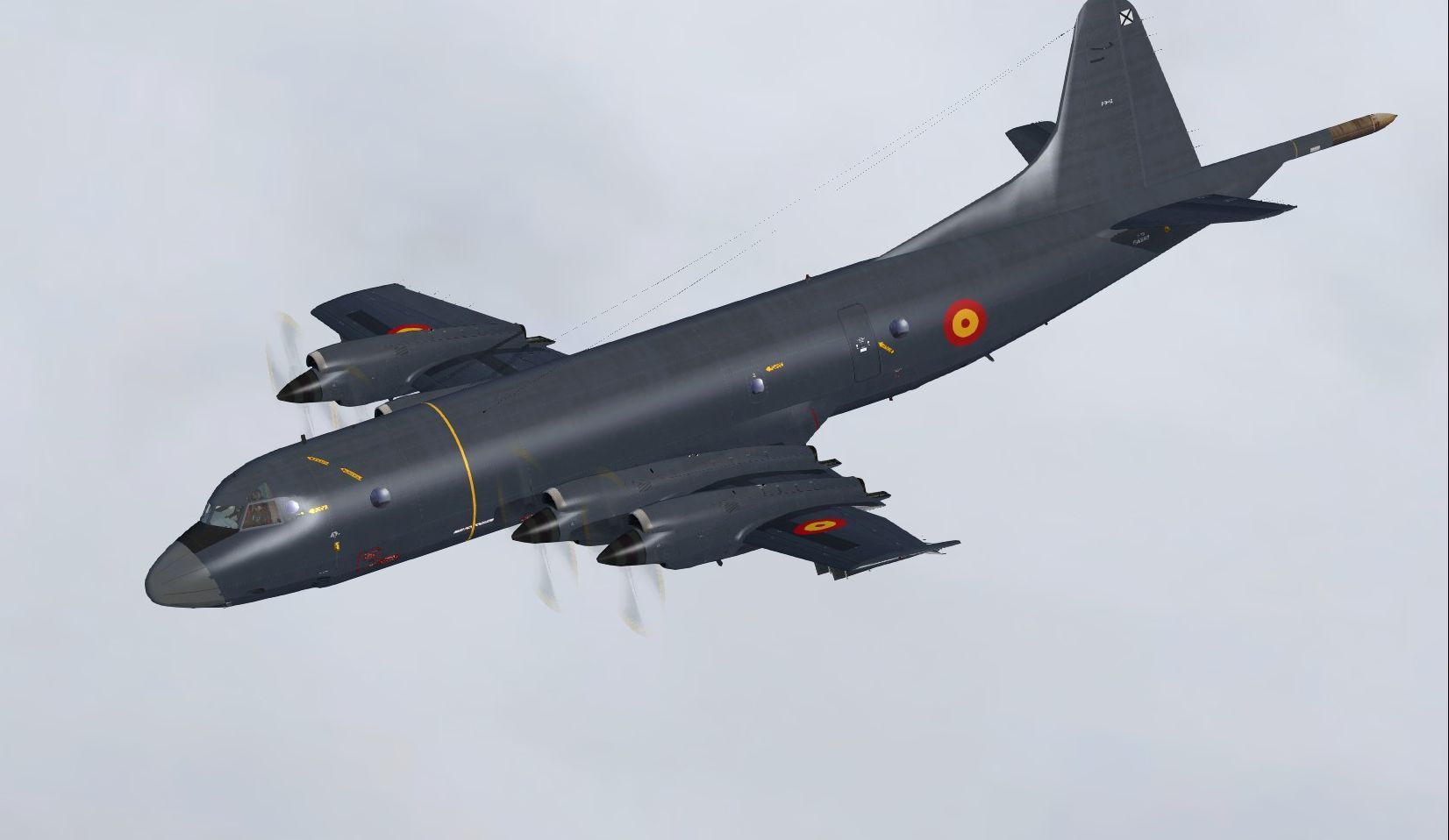
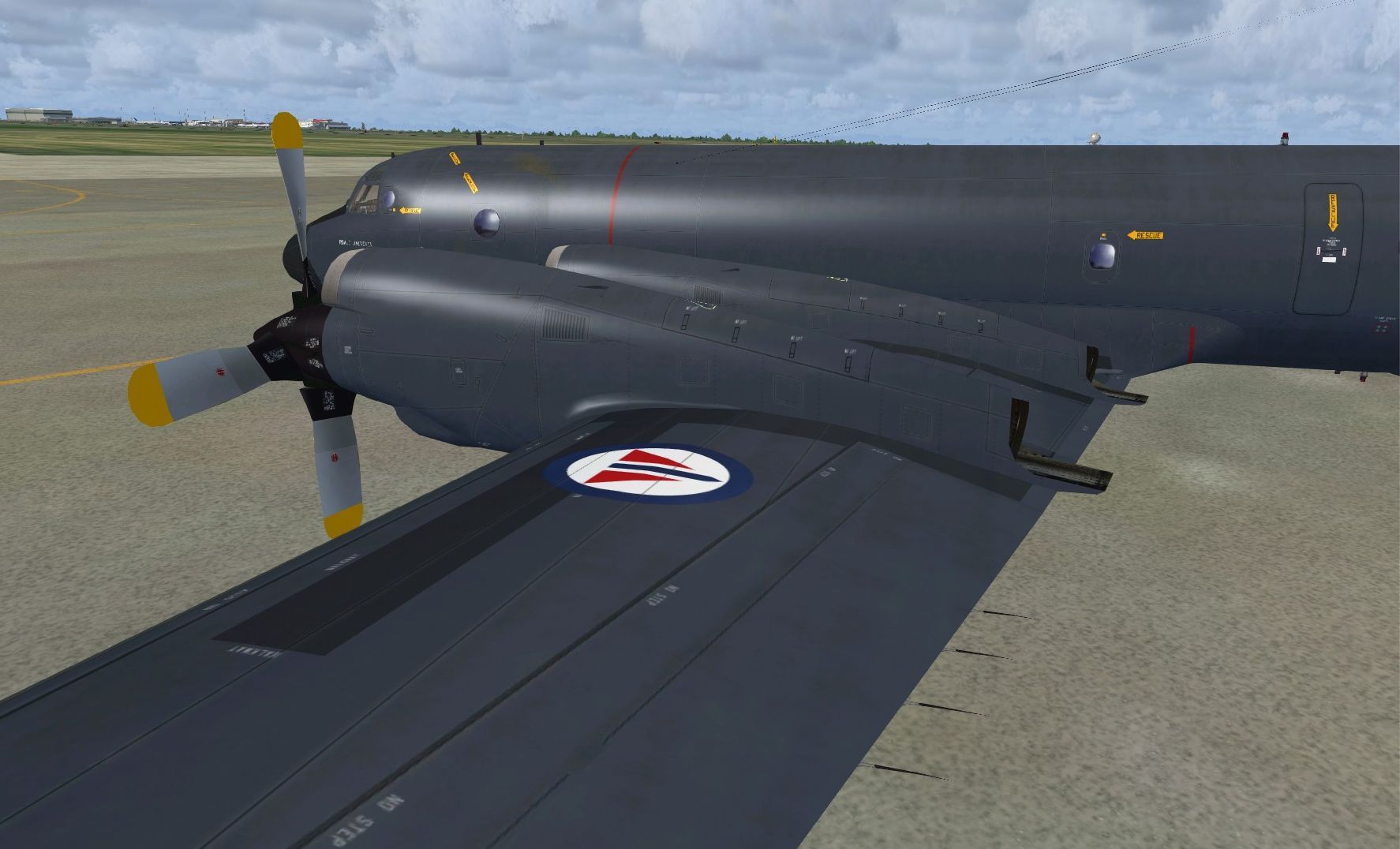
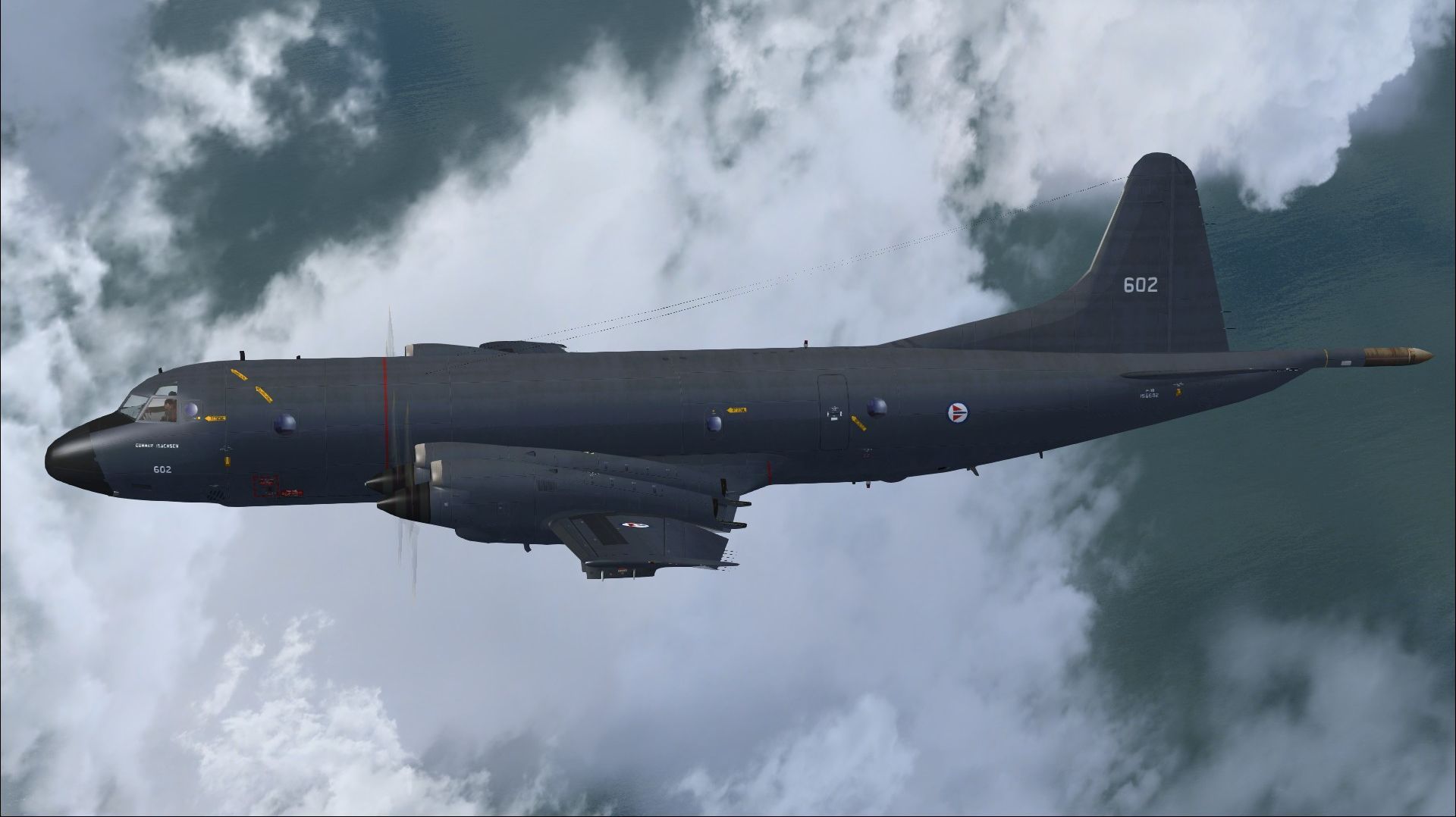
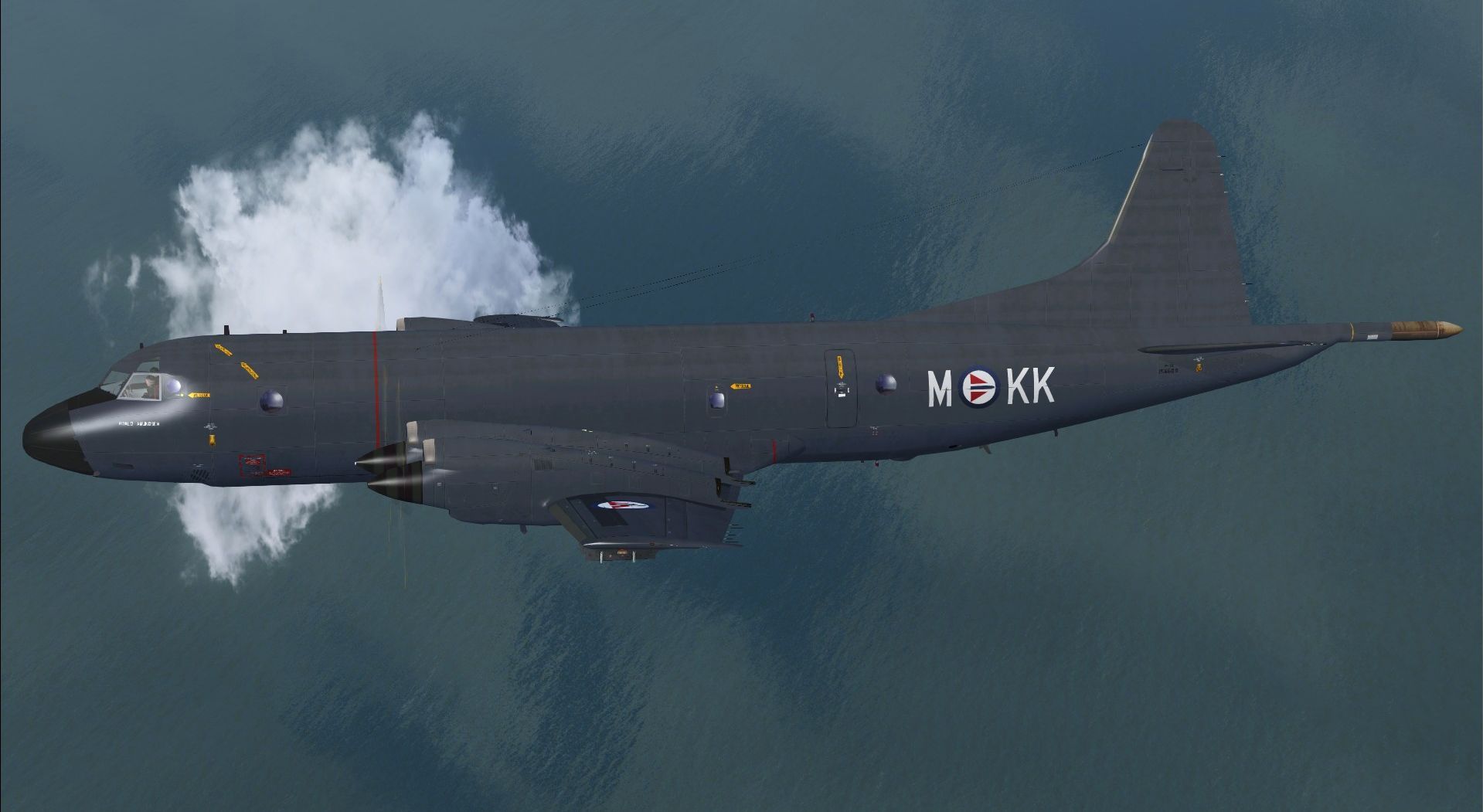



 But when we pulled into NAS CUBI PT or NAS Alameda back in the 60's I did not notice the P-3s
But when we pulled into NAS CUBI PT or NAS Alameda back in the 60's I did not notice the P-3s
